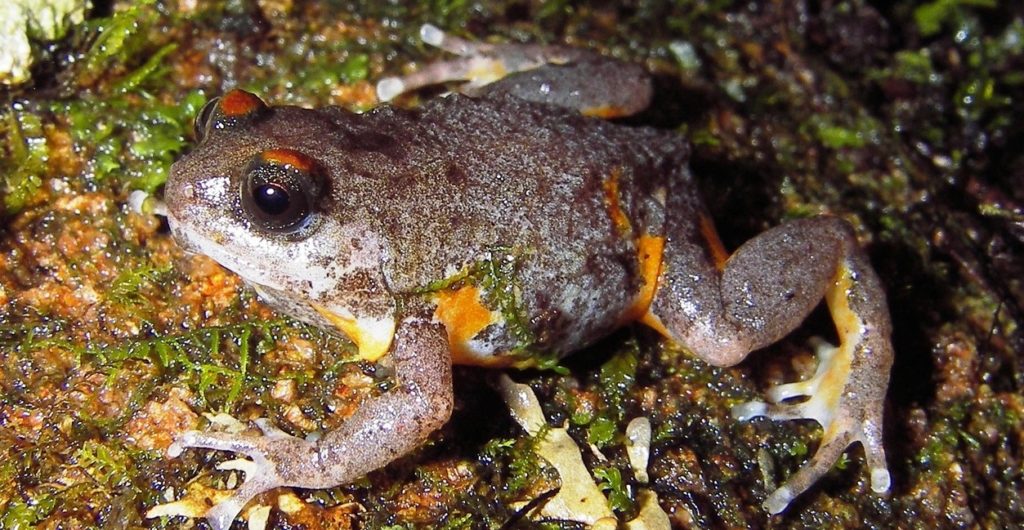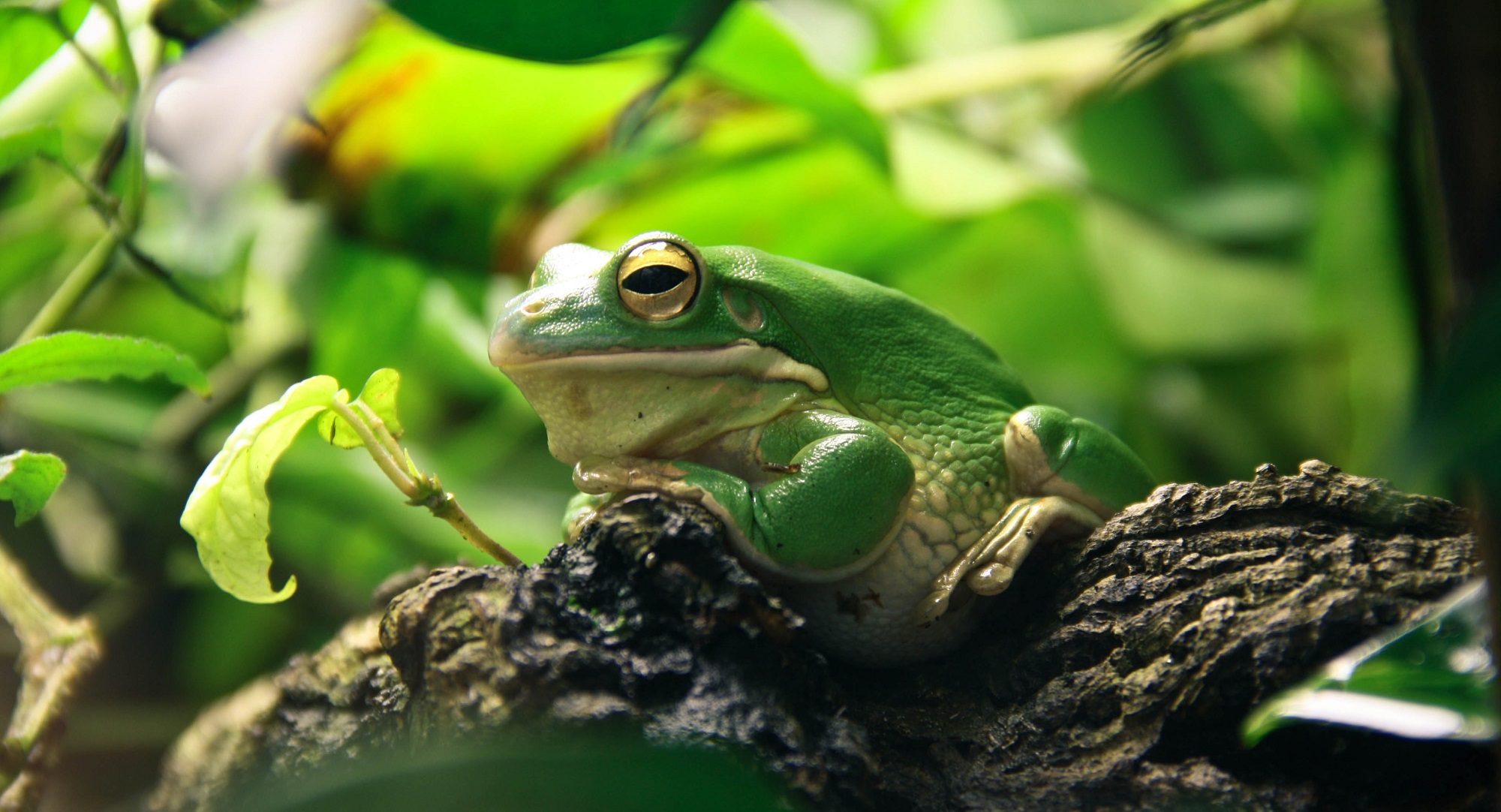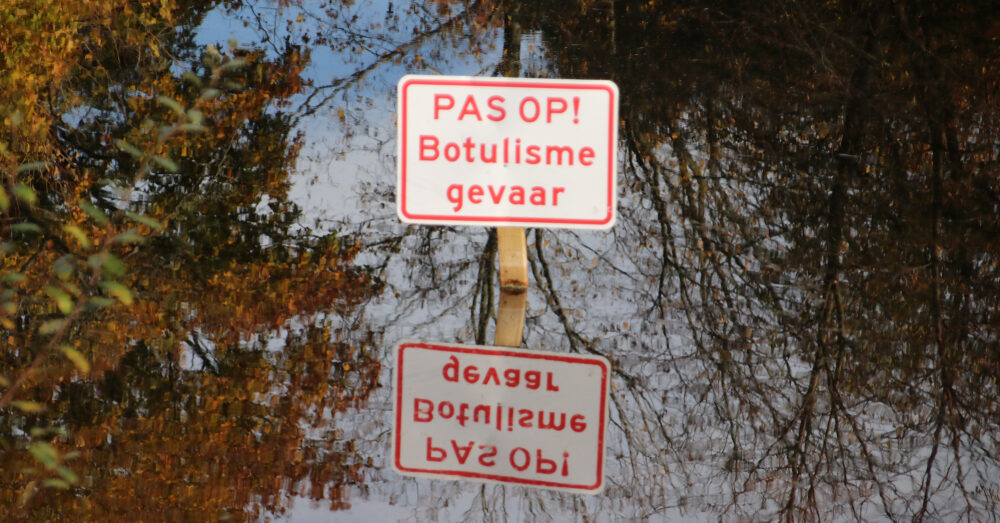Why is one frog conspicuously colourful while another blends into the background? Biologist Alexander Kotrschal (Behavioural Ecology) and a group of Chinese researchers have found an explanation: it has to do with camouflage and predation.
The idea arose during a visit to his Chinese colleagues when he heard that some frogs are easier to catch than others. ‘Once you spot them, well-camouflaged frogs are easier to catch than conspicuous, colourful frogs. Why is that? Could the well-camouflaged frogs be less clever?’ A quick initial test did indeed point in that direction.

Energy guzzler
‘We took lots of photos of frogs in their natural environment and showed them to 10 Chinese students,’ says Kotrschal. ‘They were asked to rank the frogs according to how well they were camouflaged. That rating had an association with the size of the frogs’ brains.’ This was the prelude to a much larger study involving more than 100 species of frogs.
‘In the natural world in general, the larger the brain, the greater the chances of survival,’ Kotrschal explains. ‘After all, you are smarter and better able to escape your attackers. But brains use a lot of energy. In an environment with high predation pressure where energy (food) is scarce, having a large brain is a disadvantage.’
In an environment where food is scarce, a large brain is a disadvantage
Under high predation pressure, animals with smaller brains are at an advantage because they need less energy. Camouflage helps prevent the animal from being eaten. Incidentally, brain size is only a rough indicator of mental capacity and the link with camouflage. ‘I would really like to know which aspects of cognition are related to which properties. I am studying this with guppies in my lab in Wageningen.’

 Photo Pixabay
Photo Pixabay 

